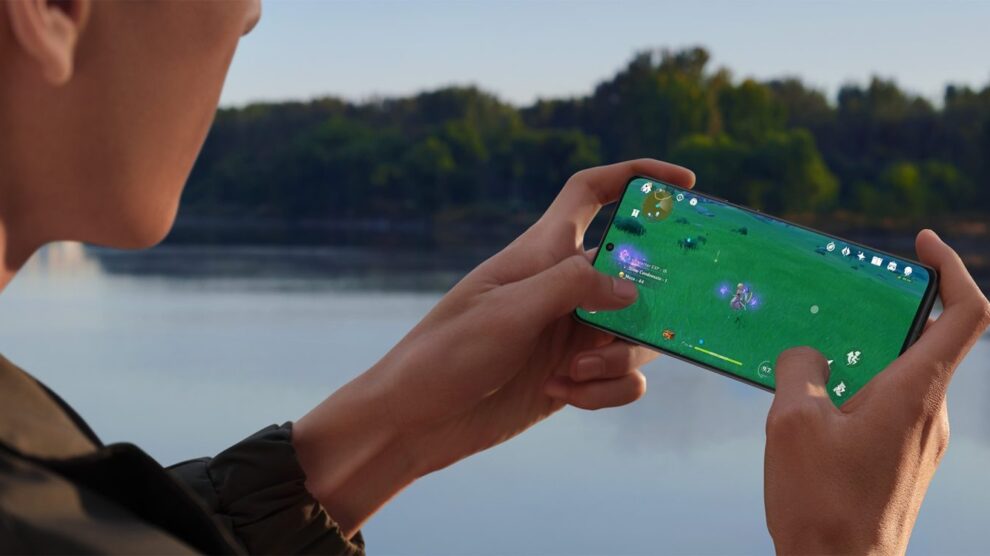Amidst maturing mobile processor powers rivaling laptops and consoles now, OnePlus emerges notoriously boasting gaming prowess specifically optimization software translating silicon potential peak gameplay experiences balancing graphics, battery and thermals unison.
The latest OnePlus 12 phone doubles down touting HyperRendering – an A.I. graphics analysis engine promising upscaling frame rates hitting 120fps fluidity standards across all catalog Android games nearly unilaterally.
Today we scrutinize this ambitious universal 120fps achievement examining implications around gaming fidelity minutia, battery drain tradeoffs, and hardware design factors ultimately determining playability pros, cons and considerations potential buyers should consider before jumping 5G ship elsewhere!
How HyperRendering Aims Smoothing Gameplay
Underlying the lofty 120fps promises, OnePlus HyperRendering technology taps integral Pixelworks processor partnerships harnessing video analysis prowess fortifying gaming visuals specifically.
It builds real-time interpolation effectively reconstructing new frames between game animations using machine learning generating images approximating natural smooth motion seamlessly.
This contrasts jarring lagging, chopping or delayed response gaps ruining immersion breaking game flow momentum critically for genres demanding quick reactions staying engaged.
Pushing Hardware to the Limits
Effectively OnePlus 12 phone screen capacities hit 120Hz already. HyperRendering pushes graphic chips meeting that threshold nearly doubling baseline ~60fps mobile gaming commonly seen across benchmark titles at max settings.
It’s an aggressive play leveraging A.I. fortifying weaknesses reaching parity gaming rig potentials touting silky smoothness bragging rights snobs flaunt frequently.
By intelligently optimizing instead compromised visual cutbacks adopted traditionally on phones, OnePlus lets screens and chipsets shine brighter justifying enthusiast sentiments hopefully.
Experiencing HyperRendering First-Hand
Validating marketing claims, we subjected two popular gaming titles to HyperRendering examination: animation-rich Genshin Impact and competitive Call of Duty Mobile shooters representing single-player cinematic and fast-paced multiplayer divisions.
Impressively, the OnePlus 12 ran both games notably smoother than Samsung S23 Ultra counterparts still struggling hitting unwavering 90fps consistency by comparison.
The fluidity feels tangible reducing input lag and gameplay disruptions dramatically once adjusting previous frame expectations.
Impact Factoring Game Selection
However testing proved HyperRendering effectiveness scales title age and complexity factors correspondingly.
Namely more physics calculations burdening processors compound quickly cascading compromises and stutters unoptimized games succumb since phones assume universal gameplay architecture support by nature.
So while popular casual hits play perfect, eccentric game engines push limits revealing performance shortcomings margin by margin.
Thus “all games” feels unrealistic still, though OnePlus 12 handles ordinary exposure admirably where majority gamers notice improvements immediately.
The Fidelity Costs of Smoothness
Delving image quality scrutinizing motion clarity boosts, HyperRendering suffers occasionally generating graphical artifacts or glitches around particle effects and anti-aliasing specifically.
The anomalies seem tied overcompensating fluidity through synthetic frames when native animations prove very complex aggregately.
We expect tweaking training data and inference correction factors soon, but acknowledge corner case optimization timetables lag likely.
Balancing Battery Burn Through Boosts
Secondly maximizing fps performance burns battery life unsurprisingly. Enable HyperRendering and expect at least ~15% longevity hits under load depending game complexity factors and chip demands described.
OnePlus seems making deliberate thermal compromises sprinting peak speeds while rivals conservative throttle cautiously instead. So packs remain ready power users primarily.
More casual gamers split differences lowering Hz through manual modes diminishing gains but better optimizing longevity as needed practically.
Playtesting proves phones now rival portable consoles thanks maturing component synergies. OnePlus pushes progressive potential pricing hundreds below too.
Pushing Mobile Gaming Potential
Stepping back, HyperRendering technology successfully smooths Android gaming appreciably albeit corner case graphical and battery impacts temporarily.
Impressively OnePlus 12 nears unprecedented universal fluidity rivals cannot claim presently without visual downgrades or battery penalties comparatively.
And more importantly, it spotlights smartphones crossing performance thresholds challenging gaming strongholds formerly untouchable by compact ultra mobiles.
That reality should excite casual and hardcore Android gamers alike as expectations and experiences reaches levels unforeseeable just years ago thanks bleeding edge engineering breaking expectations boldly.










Add Comment